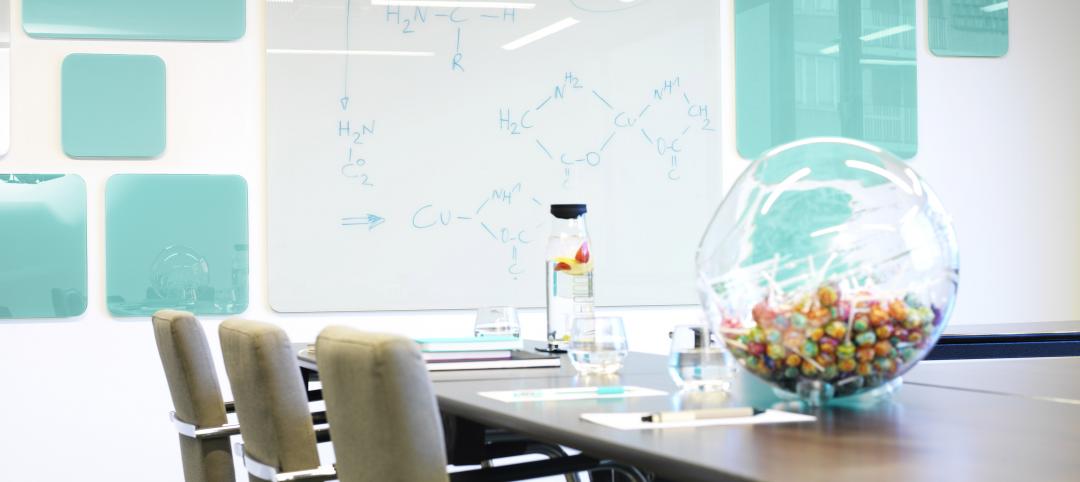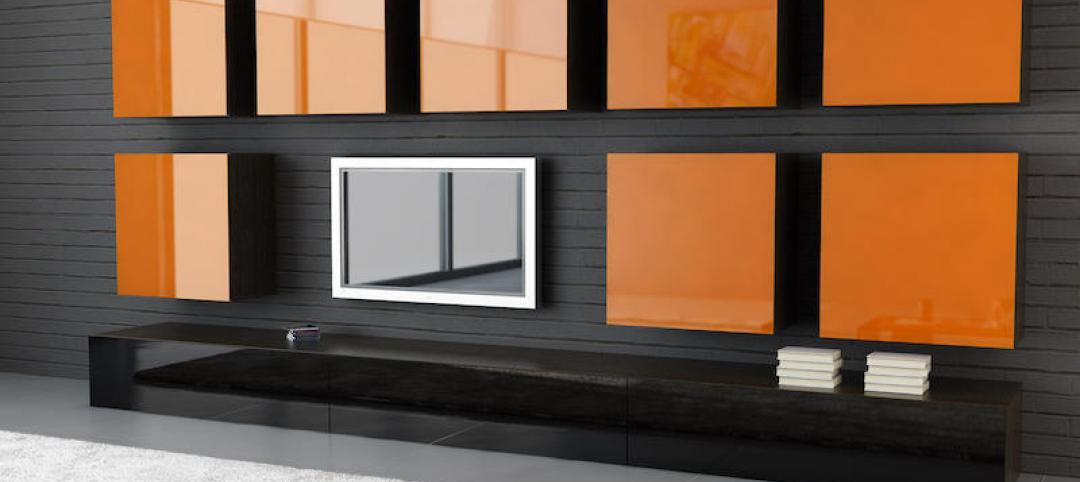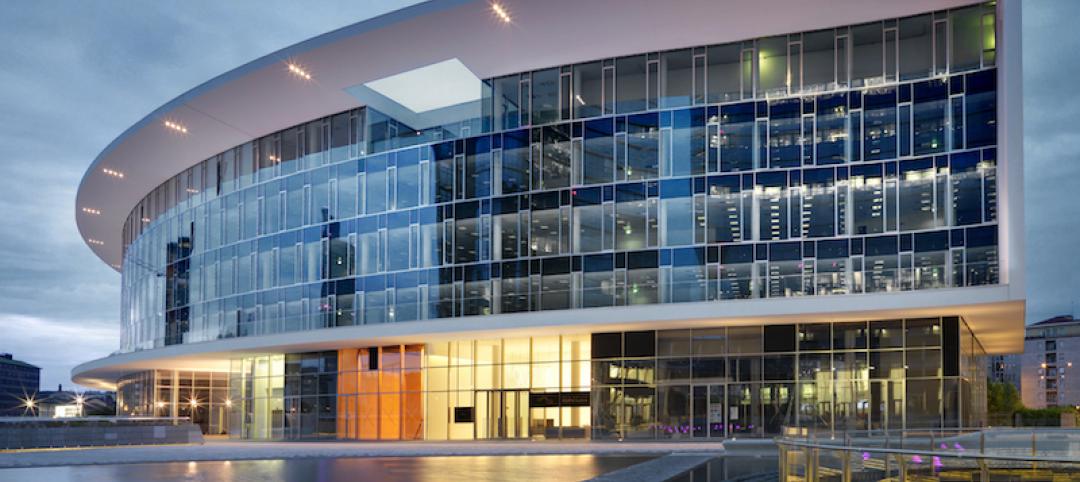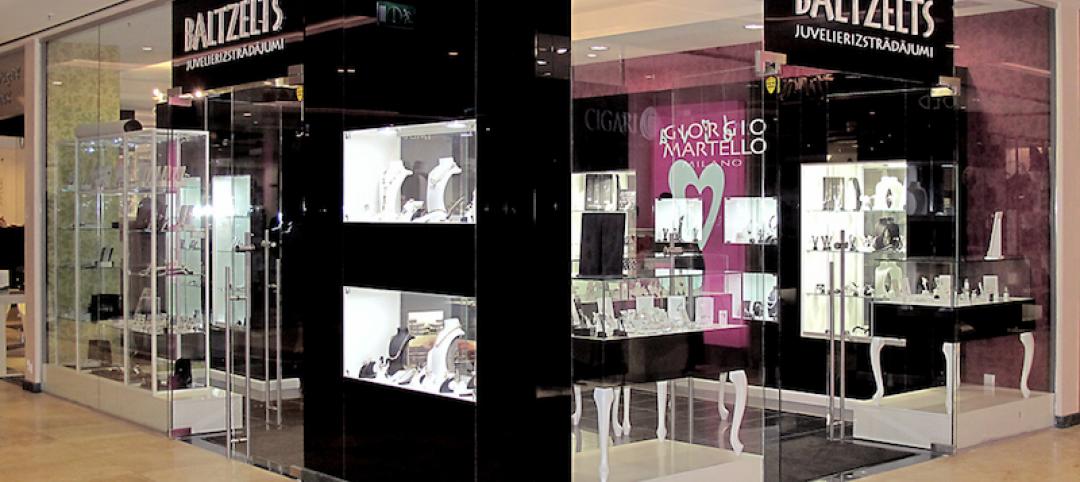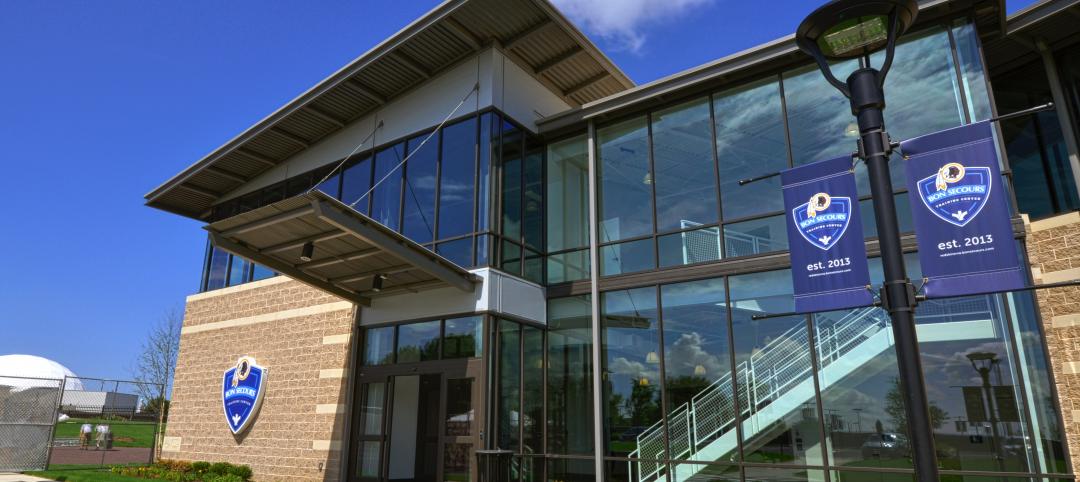In the past, obtaining — or being offered — one’s own office meant that a milestone had been reached. The individual in question had proven their worth, in a sense, or reached a professional level that meant a private office was a tangible marker of success. The most fortunate employees were able to work in a space with a window and, if they were lucky or well-established at the executive level, a pleasant view, which they could show off to clients, or simply appreciate while moving through day-to-day tasks and operations.
To allow other staff the privilege of privacy — or to ensure that they remained productive and did not socialize too much — cubicles on the main office floor became a way to give each person his or her own separate space. Today, modern office design barely resembles this maze of panels from days past. With co-working spaces increasing in popularity and the open office being today’s trendy alternative, few employees have a dedicated desk.

The ability to work anywhere in an office building and continually collaborate with coworkers means that a certain fluidity exists in the workplace. However, many companies require both public and private spaces to cater to all office needs including meetings, important calls, and areas for staff to relax and recharge. Additionally, the diffusion of natural light into the main office space is important for employee well-being and overall wellness — a focus that has factored into the design of contemporary spaces.
AGC Glass North America’s Matelux acid-etched glass can be used to enhance the futuristic, high-tech design commonly found in new companies, startups, or remodeled spaces, while contributing to a pleasing and productive office environment. It is ideal for room dividers, helping to create small conference areas, or more secluded spaces. Simultaneously, a material like Matelux also contributes to a feeling of lightness that is prevalent throughout a well-designed space. With its soft appearance and translucency, it can be used to form partitions or to line a conference room while still allowing natural light to filter in.
It’s proven: when people are exposed to more natural elements, they feel more relaxed and focused. There are copious benefits to being in the great outdoors, and as a result, more offices are featuring plants and greenery inside the workplace. Glass products like Matelux can enable these important design elements to remain in place because of its high light transmission, which can be up to 90%, depending on the glass thickness and its finish.
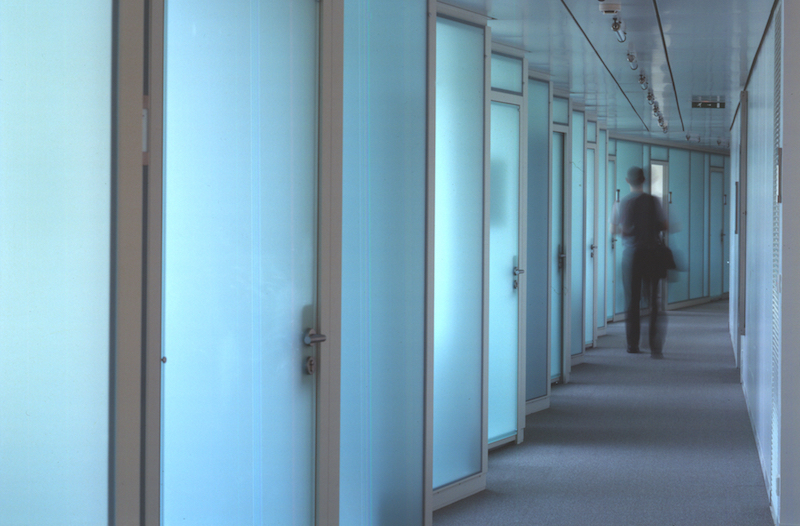
The myriad of design possibilities offered by Matelux are further expanded by the product’s stain resistance and ease of cleaning. This makes it appropriate for tabletops in areas ranging from the conference room to the break room. In addition, this glass product is available in several different finishes which designers can select based upon the overall office aesthetic and specific usage needs. For example, a slightly more opaque grey finish may be used on doors, while a bronze finish can be applied to glass partitions or small conference spaces for an elegant appearance.
Matelux can also be used in skylights, which enables designers to add this unique feature to office spaces, encouraging more light to enter while providing additional visual interest. It is also appropriate for shelving and lighting applications, further maintaining a light and peaceful aesthetic through the office space.

It has become increasingly important to find balance in any workplace, and this is most often achieved through intelligent design, color, and a presence of natural elements. This can help employees feel happier and work more productively during the day. Collaborative environments can still be collaborative, with the potential for privacy, and a translucent material is an excellent solution. The modern office space will continue to evolve, and thanks to materials like Matelux, the heavy cubicles and opaque offices can be moved to museums.
More from Author
Elizabeth Cotton | Dec 19, 2019
Customizing Glass to Fit Any Project
Architects and designers have specific needs when it comes to products. Offering on-demand, custom services allows AGC Glass to better serve their customers.
Elizabeth Cotton | Dec 2, 2019
New glass residence emerges along Lake Ontario
The architects specifically selected high-performance glass across the façade to ensure that it is energy-efficient while maximizing natural light and views.
Elizabeth Cotton | Aug 21, 2019
Anti-corrosion glass: A clear solution for humid spaces
Contaminants related to water, heat and high humidity can cause glass corrosion
Elizabeth Cotton | Jun 7, 2019
Shaping interior spaces with color and materials
Great interior design strategically incorporates color and materials to generate a specific mood or impression about a space.
Elizabeth Cotton | May 7, 2019
Wellness and glass: Designing better spaces to promote better living
Glass with a high visible light transmission is key to creating a naturally well-lit home and work environment.
Elizabeth Cotton | Jan 3, 2019
L’Avenue Apartments, Montreal, Quebec
A new Montreal icon features glass in contrasting shades for optimal aesthetic appeal.
Elizabeth Cotton | Dec 20, 2018
The beauty and benefits of tinted glass
Tinted glass helps to regulate a building’s temperature as it is designed to absorb energy from the visible light spectrum.
Elizabeth Cotton | Dec 13, 2018
Glass sells: The importance of glass in retail
Store frontage is integral to showcasing what’s inside and, more importantly, who is inside.
Elizabeth Cotton | Aug 28, 2018
Energy efficient glass: Products for every climate
It is crucial to consider how glass, as beautiful as it may be, will improve the energy efficiency of buildings.


